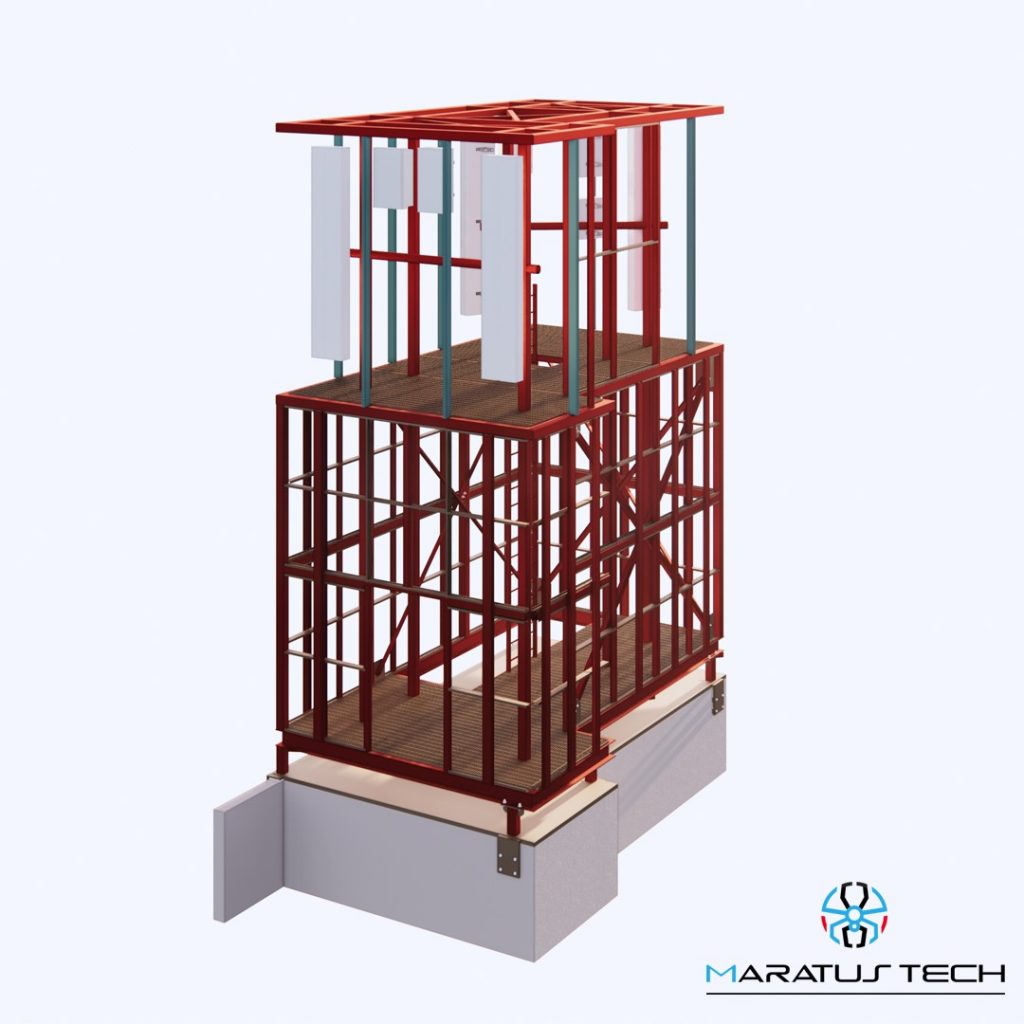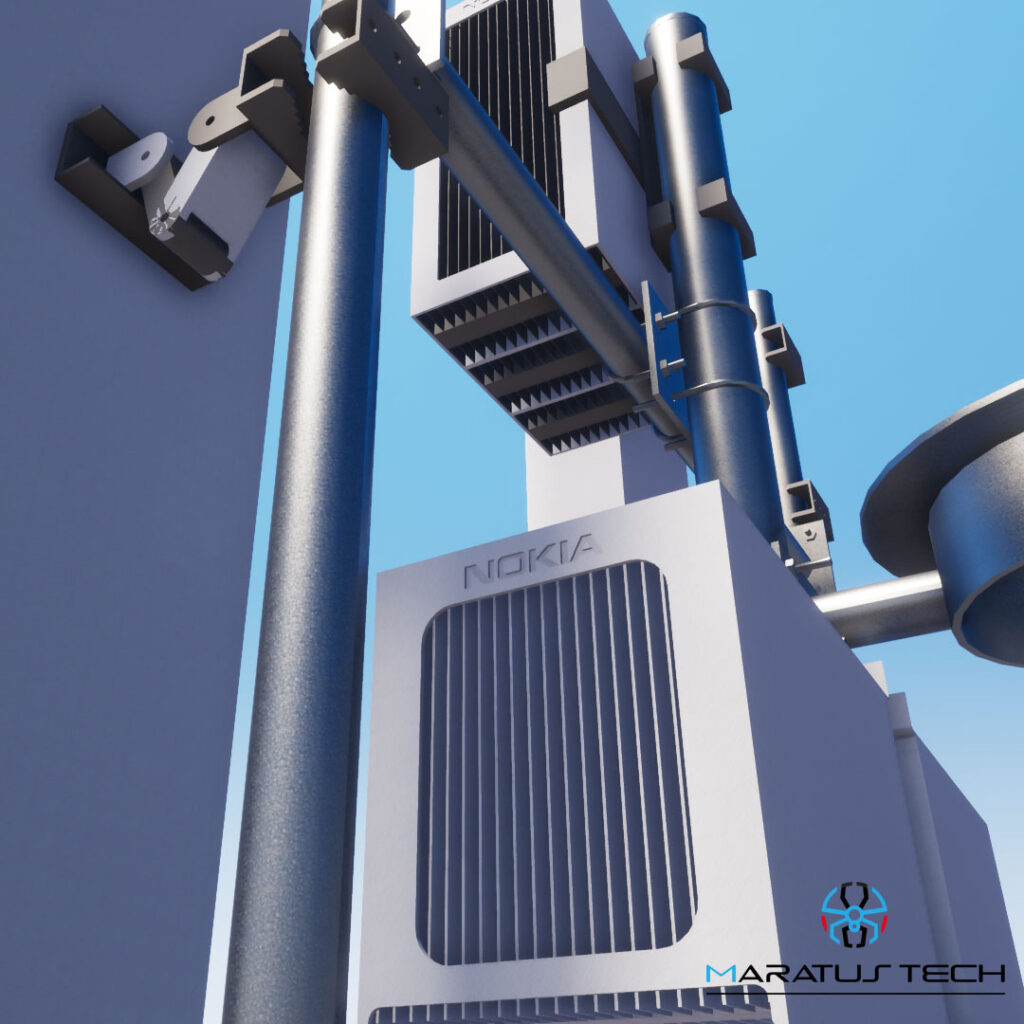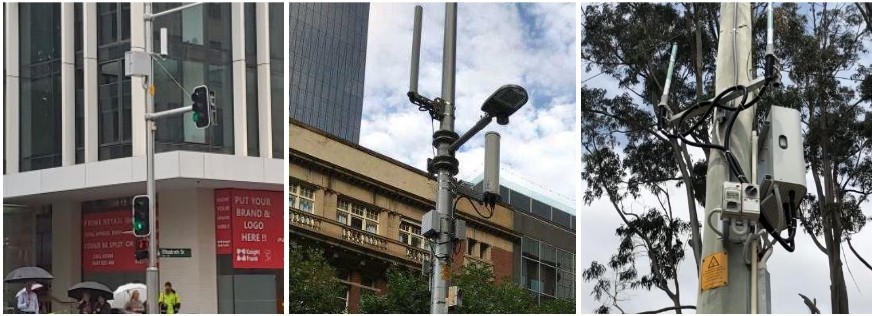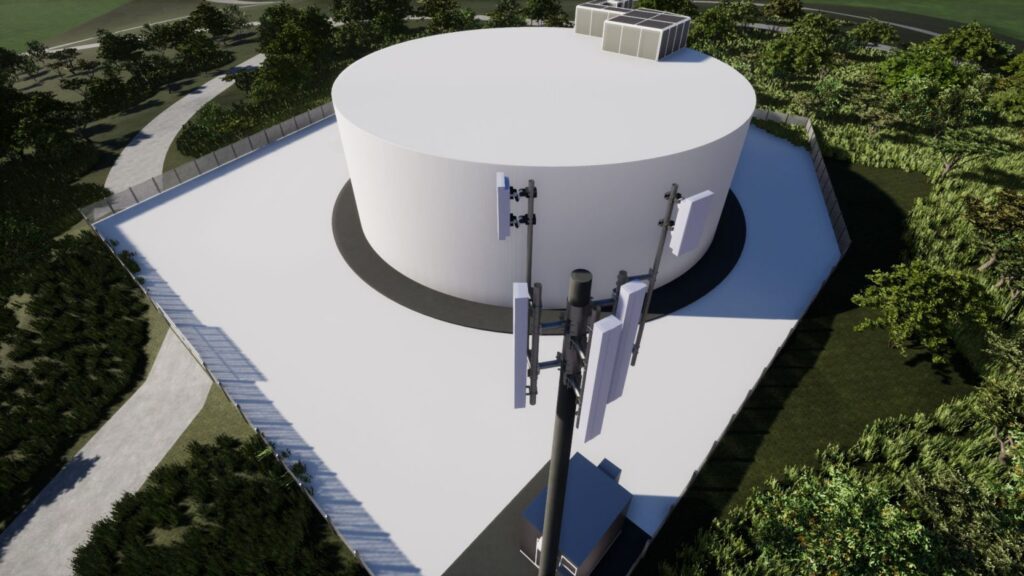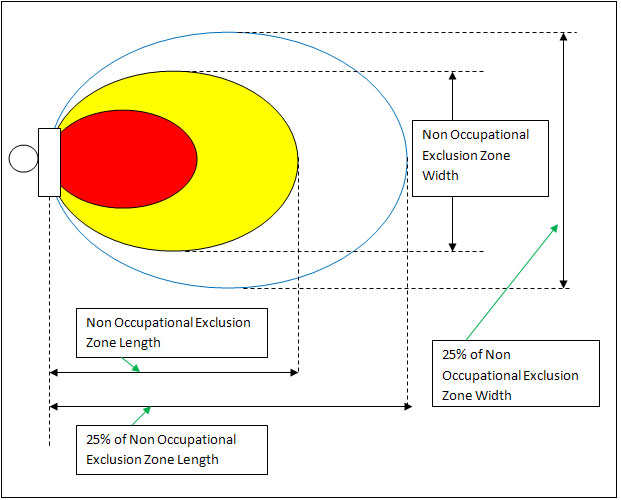Blog
Understanding Draft Site Layout (DSL) in Telco Site Design

Draft Site Layout (DSL) is a crucial step in the design and planning of telecommunications sites. It involves creating preliminary layouts that outline the arrangement and positioning of various site elements, ensuring efficient use of space and resources. In this guide, we’ll explore the significance of DSL in telco site design, its key components, and best practices to follow.
What is Draft Site Layout (DSL)?
Definition: Draft Site Layout (DSL) refers to the initial design stage where a preliminary plan is created for a telecom site. This layout provides a visual representation of the site’s infrastructure, including the placement of equipment, antennas, towers, and other essential components.
Purpose: The primary purpose of DSL is to optimize the site’s layout to ensure efficient space utilization, compliance with regulatory requirements, and facilitation of future expansions or modifications.
Key Components of DSL in Telco Site Design
- Site Survey Data:
- Geographical Information: Include topographical data and site-specific conditions.
- Accessibility: Plan for access points for maintenance and operations.
- Equipment Placement:
- Antennas and Towers: Positioning of antennas, towers, and other critical telecom equipment.
- Power Supply Units: Placement of power generators, batteries, and backup systems.
- Cabling and Wiring:
- Cable Routes: Designate routes for electrical and communication cabling.
- Connectivity: Ensure proper connections between different site components.
- Safety and Compliance:
- Safety Zones: Define safety areas and secure perimeters around the site.
- Regulatory Adherence: Ensure the layout meets all local and national regulations.
- Future Expansion:
- Scalability: Plan for potential future expansions or technological upgrades.
Benefits of a Well-Designed DSL
- Efficient Use of Space:
- Optimizes the use of available land, ensuring all components are strategically placed without overcrowding.
- Cost Savings:
- Reduces the need for costly modifications later by planning ahead and addressing potential issues early.
- Enhanced Safety:
- Improves site safety by clearly defining safety zones and ensuring regulatory compliance.
- Facilitates Maintenance:
- Makes maintenance tasks easier by providing clear access routes and organized equipment placement.
- Future-Proofing:
- Prepares the site for future expansions or technological advancements, reducing the need for major overhauls.
Best Practices for Creating DSL in Telco Site Design
- Conduct Thorough Site Surveys:
- Gather comprehensive geographical and environmental data to inform the layout design.
- Collaborate with Stakeholders:
- Work closely with engineers, architects, and regulatory bodies to ensure all requirements are met.
- Use Advanced Design Tools:
- Leverage CAD software and other advanced tools to create detailed and precise layouts.
- Regular Reviews and Updates:
- Continuously review and update the layout to incorporate changes and improvements as needed.
- Consider Environmental Impact:
- Design the layout with environmental considerations in mind, minimizing negative impacts on the surrounding area.
Conclusion: Draft Site Layout (DSL) is a vital component of telco site design, ensuring efficient, safe, and compliant infrastructure development. By understanding its key elements and following best practices, telecom companies can optimize their site layouts for better performance and future growth.


